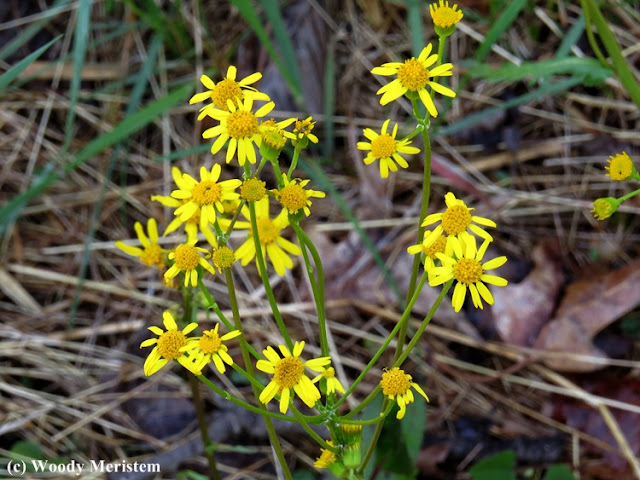The tree swallows are back; actually some
of the first males to arrive have been back for several weeks. Those
adventurous males have the opportunity to claim the best territories and
nesting sites – but they also risk being caught by a period of cold damp
weather which they may not survive.
A few days after the males arrive, the
females return from their wintering areas – the females that are gray on their
backs and wings where the males are iridescent blue –
The birds pair up following high speed
courtship flights –
The newly-formed pairs begin to explore cavities
that might be suitable for the nest where they will raise their young. Sometimes
those nest cavities are in dead trees, preferably close to water. The tree cavities
usually are those that had been excavated by woodpeckers since tree swallows
are unable to create their own cavities.
Occasionally the nest cavities are in
wooden fenceposts –
But increasingly tree swallows nest in
boxes that people have placed in suitable locations –
In mid to late summer all swallows,
including tree swallows, gather in large flocks as they prepare to head south
once again. Occasionally those flocks gather to bask on a sunny roof and soak
up some rays.
More commonly we see them gathered on utility
wires awaiting the moment to take flight –
But those flocks are months from forming,
for now we can enjoy seeing the newly arrived tree swallows flying above fields,
lakes, ponds and large streams in their eternal quest for insects.


























